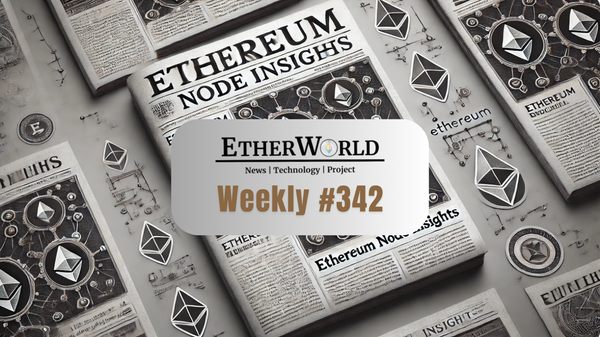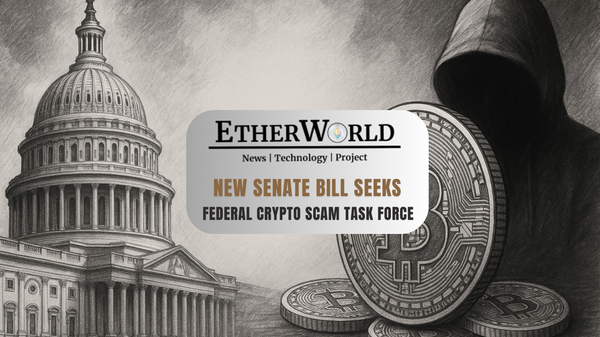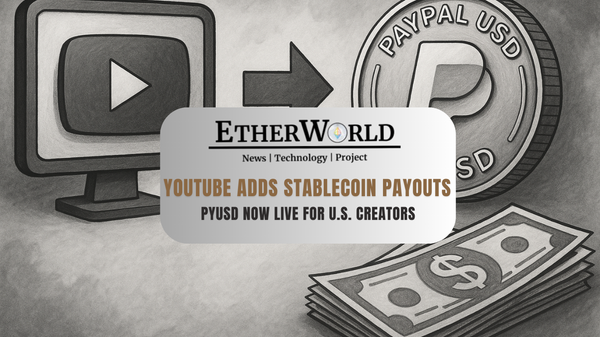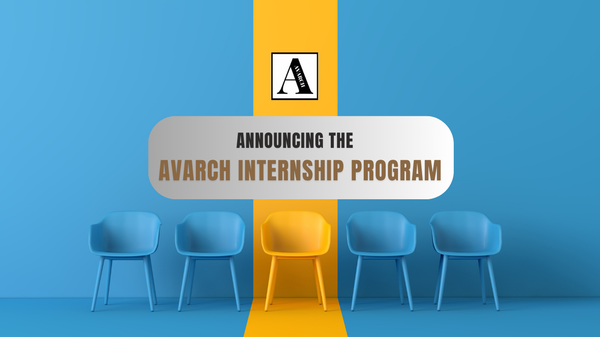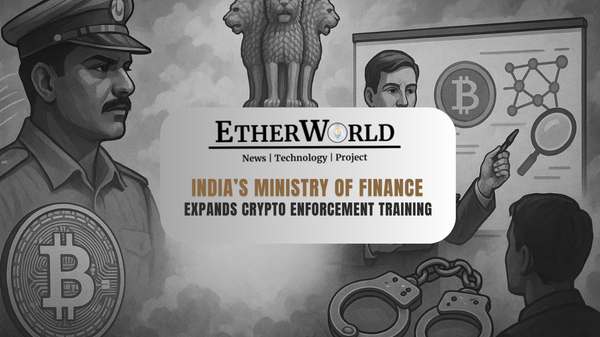Ethereum, the Forefather of smart contract blockchains, has already made a big leap with "The Merge"—shifting from Proof of Work (PoW) to Proof of Stake (PoS). But folks, that was just the beginning! Vitalik Buterin, Ethereum’s mastermind, is now gearing up for what comes next in Ethereum’s roadmap. And it's packed with game-changing upgrades aimed at making the network faster, more secure, and even more decentralized.
Let’s break it down, a fun ride through Ethereum's next-gen roadmap. We’re talking about The Merge, The Surge, and The Scourge. Let’s take a closer look at Vitalik’s vision!
? The Merge: A New Beginning, But What’s Next?-
We’re now in the post-Merge era, where Ethereum officially switched to PoS—no more mining with massive energy guzzling! But if you thought Ethereum was done after the Merge, think again.
The Merge made Ethereum greener and more secure, but there’s still room to improve how fast transactions finalize. Right now, it takes around 15 minutes to confirm a transaction on the blockchain—yawn, right? Vitalik and his crew are working to bring that down to just 12 seconds with something called Single-Slot Finality. Imagine clicking “send” and having your ETH confirmed faster than you can type an email!

The Surge: Speeding Up and Scaling Out
Next up is The Surge. This stage is all about scalability. As more and more people hop on Ethereum, the network should be able to handle this without slowing down. Think of this like turning a two-lane road into a six-lane superhighway. The key here? Layer 2 (L2) scaling solutions like rollups.
Rollups bundle a bunch of transactions together and settle them off the main Ethereum chain (L1), meaning L2s take some of the workload off L1. It's like outsourcing tasks to a faster, lighter network. But it’s not just about getting bigger; it’s also about staying lean. iiEthereum will continue to scale while keeping things secure with some cool tech:
- ZK-SNARKs and Orbit Committees: These cryptographic tools will keep validators honest and decentralized without making block verification slow as molasses.
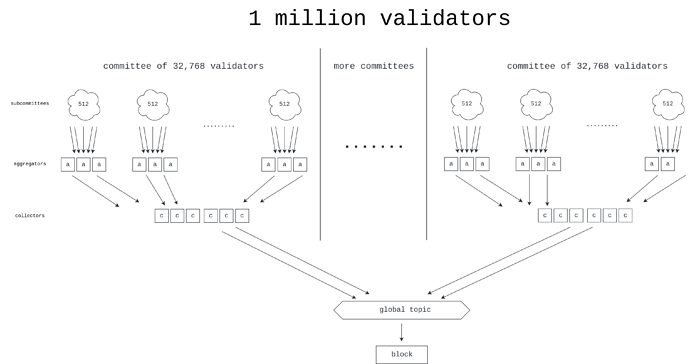
- Cross-Layer Interoperability: Vitalik wants a world where jumping between L2 and L1 is seamless. Imagine using Ethereum like you would switch between apps on your phone—quick and painless.
Oh, and staking? Yeah, that 32 ETH barrier has been a sore spot. Vitalik's roadmap plans to lower it, so solo staking doesn’t feel like climbing Everest. It might even drop to just 1 ETH, meaning more of us can join in securing the network!
The Scourge: Tackling Centralization and the Staking Dilemma
Here’s where things get spicy—The Scourge. Ethereum is great, but there are bottlenecks that, if not addressed, could centralize the network, which is kind of the opposite of what Ethereum stands for. Vitalik wants to make sure staking doesn’t just end up in the hands of a few big players.
Over the past two weeks, two block builders, Beaverbuild and Titan Builder, have produced 88.7% of all blocks.
— Toni Wahrstätter ⟠ (@nero_eth) October 17, 2024
This trend is primarily driven by the rise of private order flow (XOF), sold exclusively by certain apps. XOF reduces genuine competition among builders in the block… pic.twitter.com/6o96iLQLCv
Right now, staking 32 ETH is a steep requirement, and that’s centralizing things. The future of Ethereum staking is looking more decentralized with:
- Orbit (lowering staking minimum): This would mean more validators, less power in the hands of a few big players. It’s all about opening the floodgates for solo stakers.
- Reducing Hardware Costs: Ethereum’s working on lowering the hardware demands through projects like the Verge, making solo staking cheaper and easier.

But it's not just about who can stake—it’s about how the whole thing is balanced. Vitalik’s exploring wild ideas like two-tier staking—imagine high-reward staking for the risk-takers and a low-risk tier for the chill folks who want to stake without breaking a sweat.
MEV, Staking Centralization, and the Future of Block Building
MEV (Maximal Extractable Value)—the sneaky profit from reordering transactions—is a hot topic. Right now, validators pocket MEV, but it can be unpredictable and centralized. Vitalik’s roadmap introduces:
- MEV Burn: A way to stabilize returns for validators, even solo ones. This means no more wild swings in income (Read more).
- Decentralized Block Building: With decentralized marketplaces for block building, Ethereum can prevent block builders from gaming the system and make things more fair for everyone.
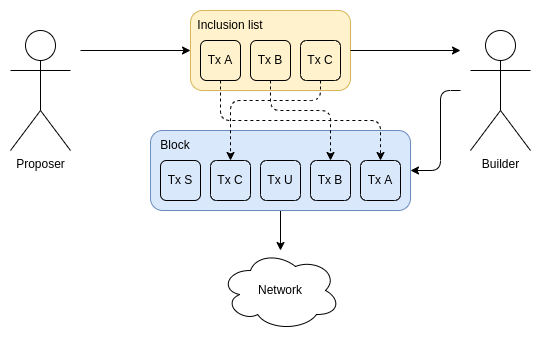
Vitalik’s vision even extends to MEV protection and making staking less of a chore by lowering penalties and capping risks. You’ll be able to stake ETH without worrying about getting slashed left and right. That’s a win for decentralization!
? Bringing It All Together: Ethereum's Balancing Act
Ethereum’s grand balancing act is about doing all of this without breaking decentralization. Every tweak in the roadmap, from single-slot finality to* fixing staking economics*, is about ensuring that Ethereum stays true to its decentralized roots.
And this journey? It’s not just about making the network faster or cheaper. It’s about creating a blockchain that can handle the masses without becoming the next corporate-controlled system.
Ethereum is headed toward a world where staking is easier, the network is faster, and the whole ecosystem is more user-friendly. Vitalik’s dream is for Ethereum to scale without losing its soul—decentralized, secure, and unstoppable.
So, what’s the takeaway? Get ready, because Ethereum’s roadmap is an exciting journey ahead. From reducing finality times to easing staking requirements and addressing the MEV challenge, Ethereum is redefining blockchain capabilities. With The Merge, The Surge, and The Scourge leading the way, the future of Web3 looks more promising, faster, and increasingly decentralized.
Read More:
- Consensus-layer Call 144: EIPs, Pectra, and Blob Scaling
- Unichain’s MEV Dilemma: Decentralization or Control
- Vitalik’s Vision for a Decentralized Future and Community Concerns
- Vitalik's Insights, Starknet's Developer Surge, and Lido's stETH Launch!
- Ethereum Bulletin #95
Disclaimer: The information contained in this website is for general informational purposes only. The content provided on this website, including articles, blog posts, opinions, and analysis related to blockchain technology and cryptocurrencies, is not intended as financial or investment advice. The website and its content should not be relied upon for making financial decisions. Read full disclaimer and privacy Policy.
For Press Releases, project updates and guest posts publishing with us, email to contact@etherworld.co.
Subscribe to EtherWorld YouTube channel for ELI5 content.
Share if you like the content. Donate at avarch.eth
You've something to share with the blockchain community, join us on Discord!



